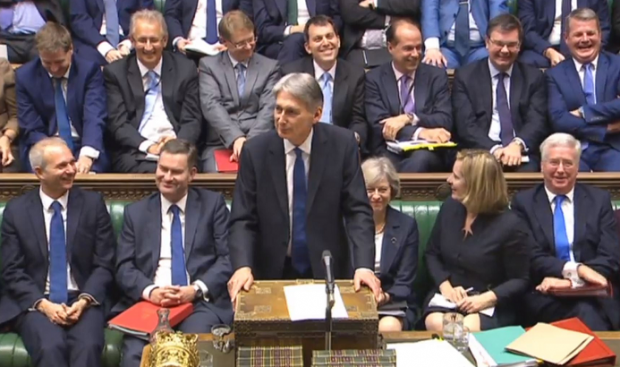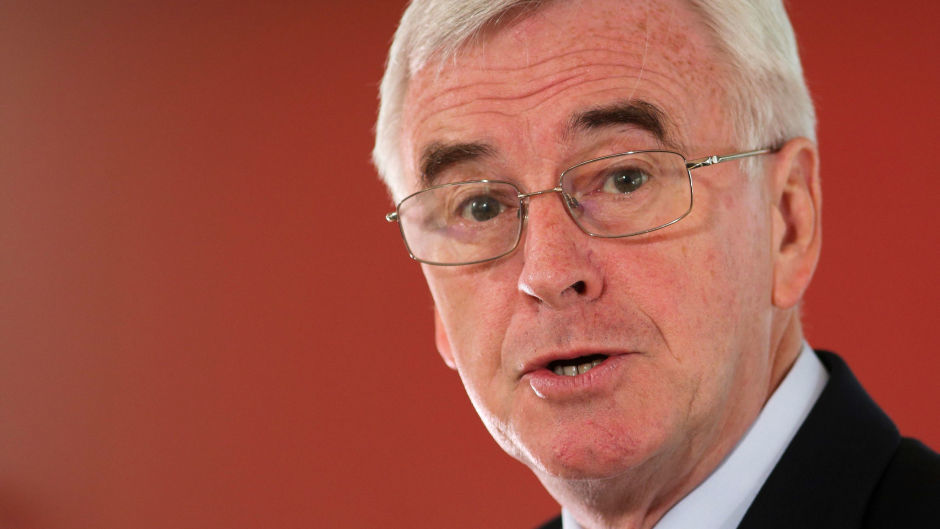Philip Hammond said in his first Autumn Statement that the economy has so far “confounded commentators” in the wake of Brexit with its “strength and resilience”.
But he also revealed the Office for Budget Responsibility had downgraded growth forecasts for next year from 2.2% to 1.4% due to a fall in the value of sterling.
It was a contentious address branded evidence of the “abject failure of the last six years” by Shadow Chancellor John McDonnell.
And perhaps most importantly, it showed the direction of Theresa May’s government as the nation continues traverse the fallout of June’s Brexit decision.
But what did Mr Hammond’s statement actually cover? Here is everything you need to know…
Borrowing
Mr Hammond told MPs Government borrowing would hit #68.2 billion this year and #59 billion next year compared with the March forecast of #55.5 billion and #38.8 billion.
He confirmed he was abandoning predecessor George Osborne’s aim of achieving a budget surplus by 2019/20 as he acknowledged the decline in growth would have an impact on the public finances.
The chancellor told MPs Government borrowing would hit £68.2 billion this year and £59 billion next year compared with the March forecast of £55.5 billion and £38.8 billion.
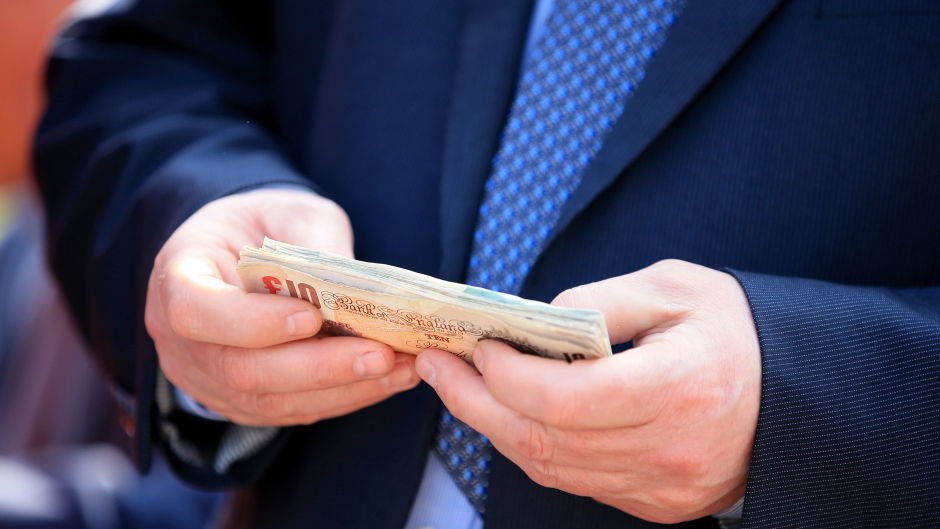
Growth and debt
The OBR forecast growth this year to be 2.1%, higher than the 2% forecast in March, but it will fall to 1.4% next year before recovering to 1.7% in 2018, 2.1% in 2019 and 2020 then 2% in 2021.
Debt to rise from 84.2% of GDP last year to 87.3% this year, peaking at 90.2% in 2017/18 then falling to 89.7% in 2018/19.
Additional borrowing to be used to invest in infrastructure and innovation to raise UK productivity, rising to an extra £2 billion per year by 2020/21.
National Productivity Investment Fund of £23 billion to be spent on innovation and infrastructure over next five years.
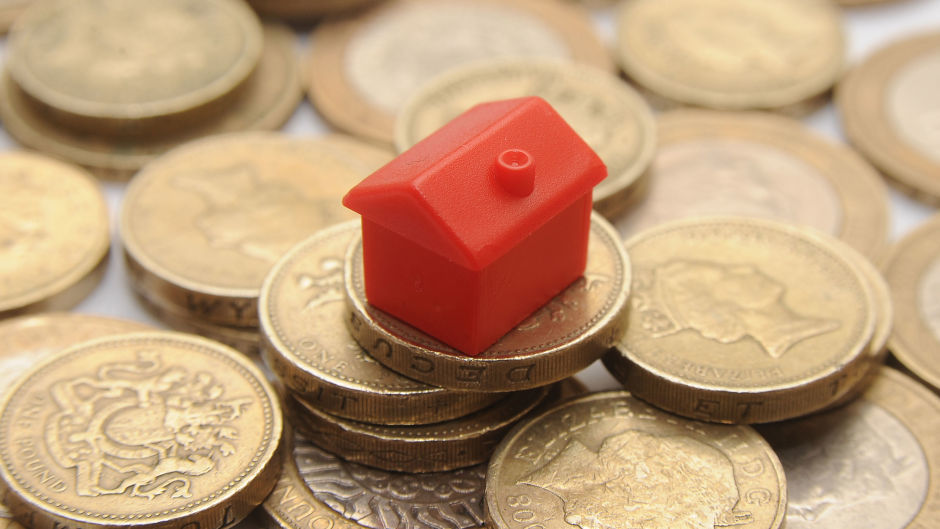
Housing
Housing Infrastructure Fund of £2.3billion to deliver infrastructure for up to 100,000 new homes in high demand areas and £1.4 billion made available to deliver 40,000 additional affordable homes.
Package of housing reforms will allow government to more than double annual capital spending on housing in real terms over the course of the Parliament.
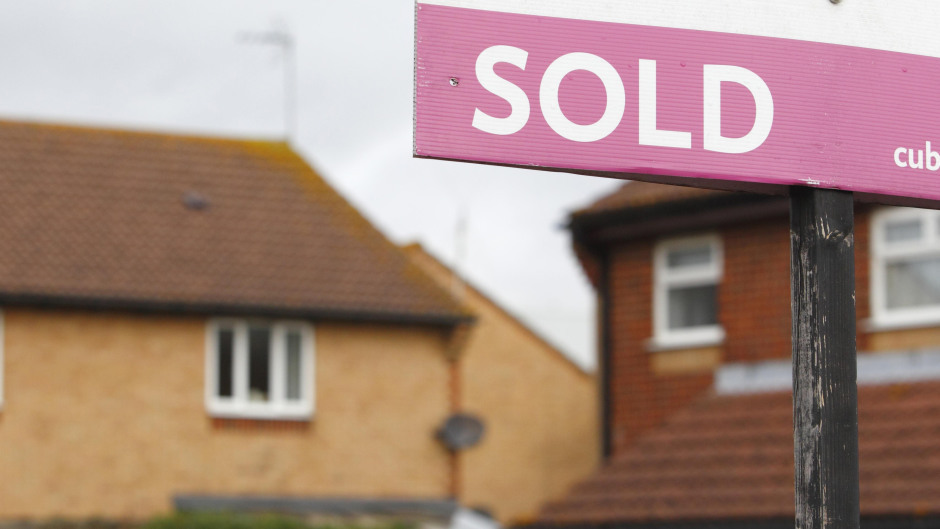
Public Services
Government will meet commitments to protect budgets for key public services, defence, overseas aid and the pension “triple lock” until the end of this Parliament.
Ministry of Justice permitted to increase prison officers by 2,500. And £1 billion of efficiency savings for 2019/20 to be reinvested in priority areas.
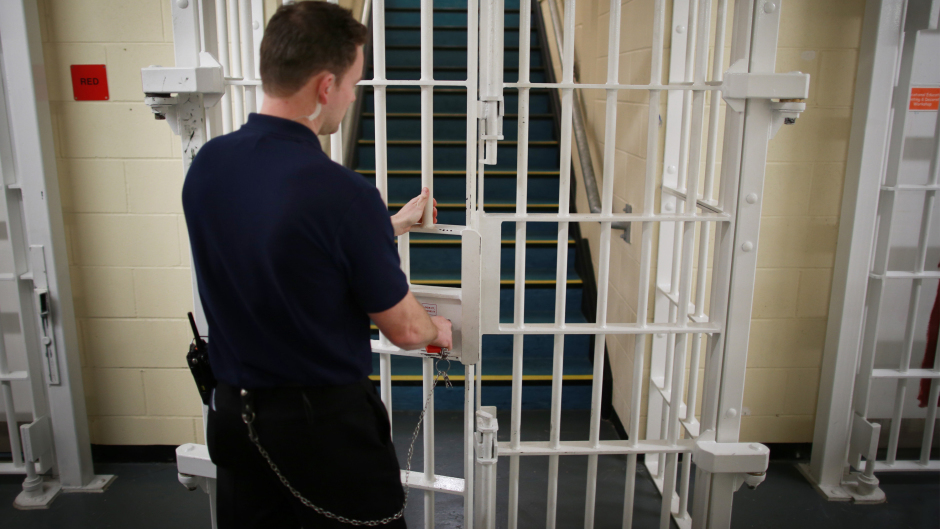
Taxes
Mr Hammond confirmed corporation tax will be reduced to 17% as planned.
Rural Rate Relief to be increased to 100% giving small businesses a tax break worth up to £2900.
Employee and employer National Insurance thresholds to be equalised at £157 per week from April 2017, at a maximum cost to business of £7.18 per employee a year.
Insurance premium tax to rise from 10% to 12% next June.
Tax savings on salary sacrifice and benefits in kind to be stopped, with exceptions for ultra low emission cars, pensions, childcare and cycling.
Measures to crackdown on inappropriate tax avoidance to raise around £2 billion over the forecast period.
Measures to stop multi-nationals avoiding tax to raise £5 billion from the largest businesses in the UK.
Income tax free personal allowance to rise to £12,500 and higher rate threshold to £50,000 by the end of the Parliament. Personal allowance to then rise automatically in line with inflation during the 2020s.
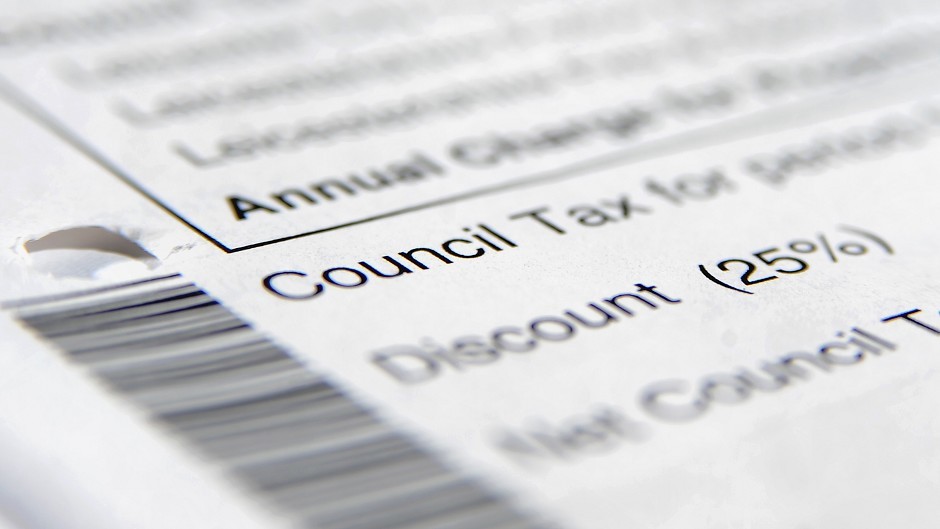
Money
National Living Wage to increase from £7.20 to £7.50 in April 2017.
New Investment Bond to be launched through NS&I with interest rate of 2.2% to help two million savers.
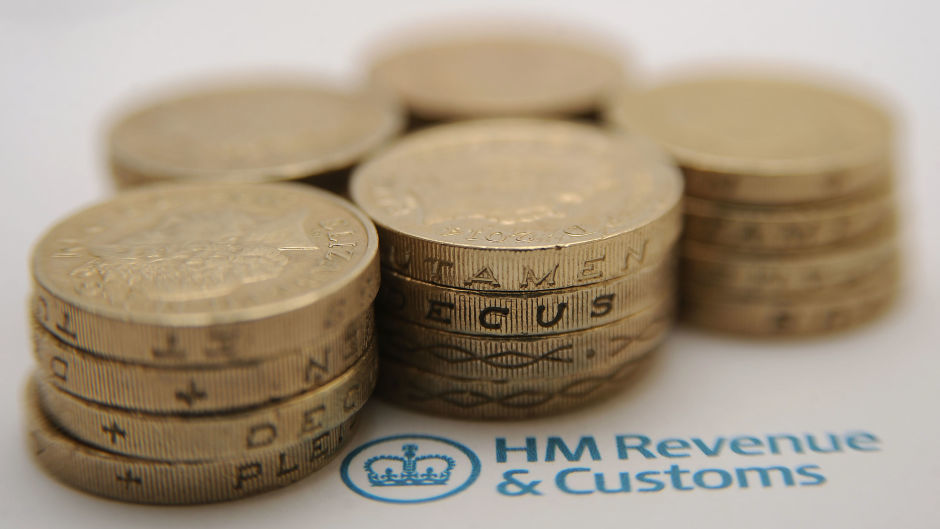
Oil and Gas
For the oil and gas sector, the Carbon Price Support will be capped until 2020 and business rates reductions worth £6.7 billion will be implemented.
Fuel duty frozen for the seventh successive year, at a cost of £850 million – saving average car driver £130 and van driver £350 a year.

No more Autumn Statement
Autumn Statement to be abolished and next year’s budget to be the last held in Spring. Starting in Autumn 2017 the annual Budget will be held in the Autumn and subsequent Spring statements will not be “major fiscal events”.
Spring Budget 2017 will be the final Budget held during springtime. 2018 will see the first Spring Statement.
The UK was previously the only major advanced economy to make major changes to the tax system twice a year.
And with that, Mr Hammond concluded his first and last Autumn Statement.
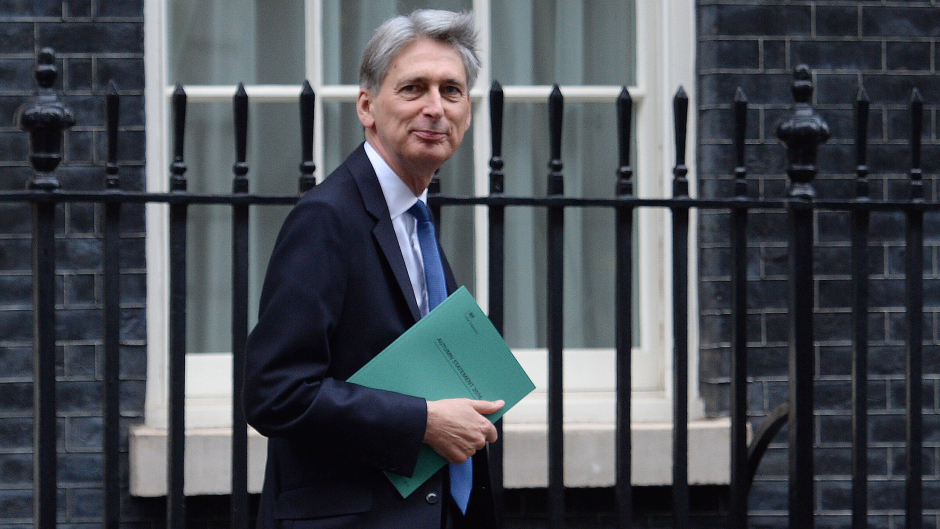
Reaction
Shadow Chancellor John McDonnell said the Autumn Statement placed on record the “abject failure of the last six years” with growth and deficit targets slashed.
MP Jane Ellison, financial secretary to the Treasury, tweeted that the UK tax gap “is one of the lowest in the world” because “we have done more than any govt to tackle tax evasion, avoidance & aggressive tax planning”.
Former pensions minister Ros Altmann tweeted that plans for a new NS&I savings bond with a 2.2% interest rate were “great news for savers”.
